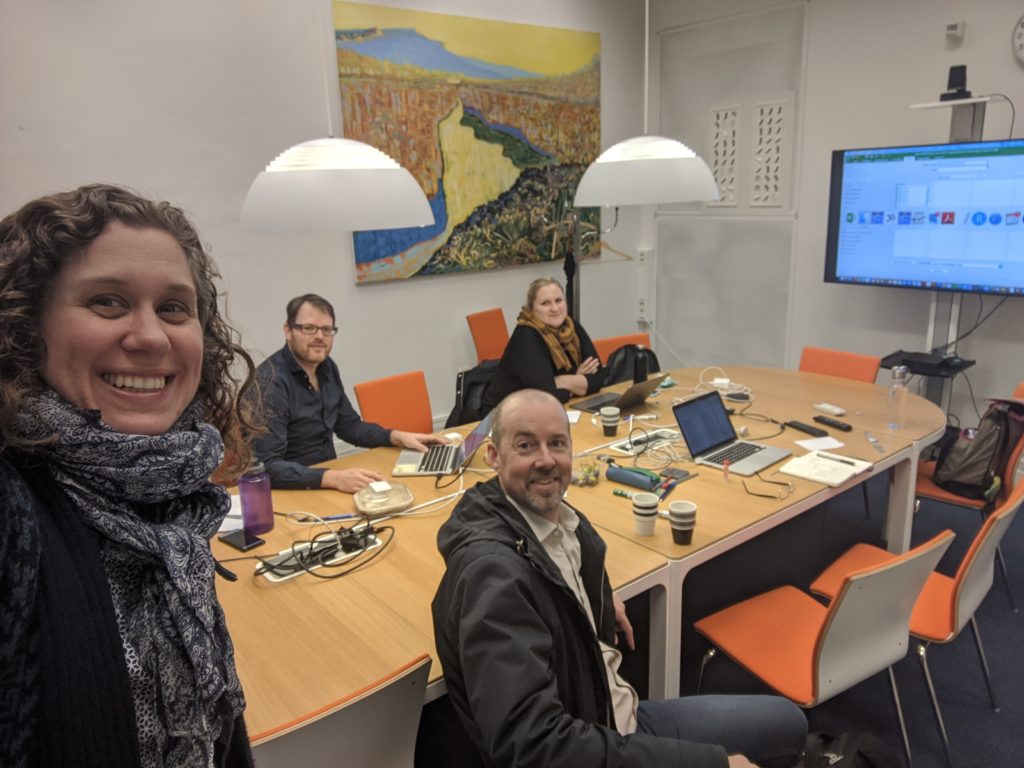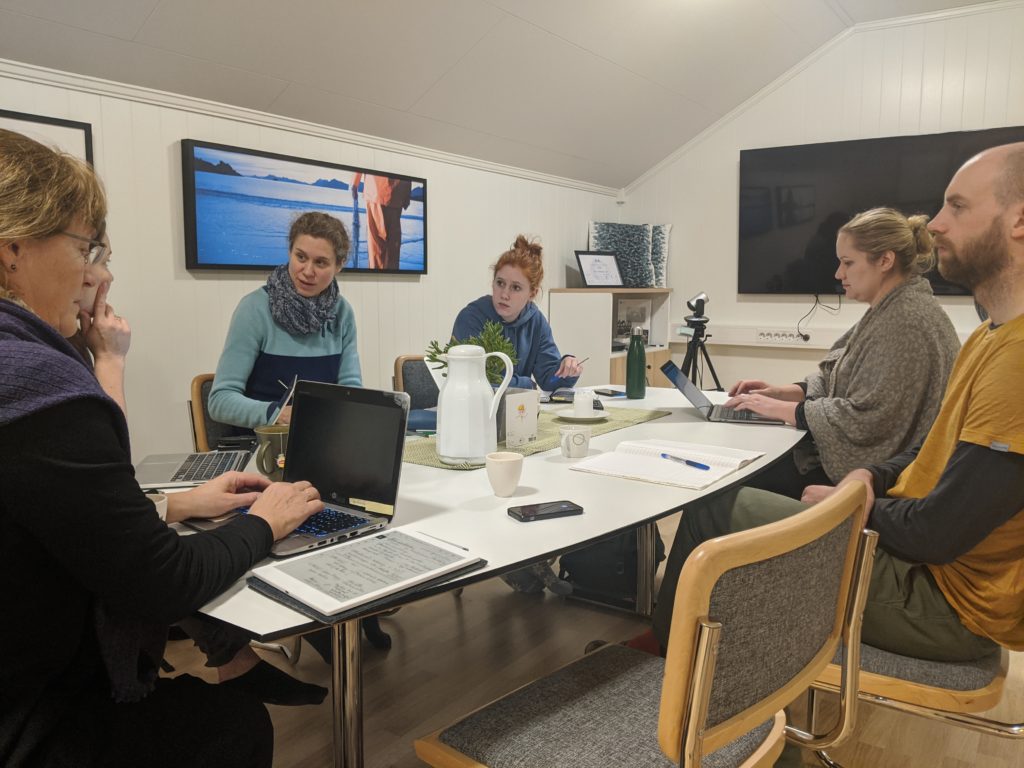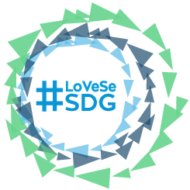by E. Zoe Walker
As we navigate our pandemic holiday season, we all find ourselves wondering – Who am I seeing? How regularly? Who do my contacts meet besides me? How meaningful or intense is this interaction? What impact might this socializing have on my community? And even more importantly – who am I not seeing, and why? Monitoring and observing our behaviour in this way means we are practicing the fundamentals of Social Network Analysis!
Never before has social consciousness on this type of discussion been so prevalent in the public domain, but it has been an important research methodology since well before the pandemic.

Social Network Analysis uses a qualitative assessment of inter- personal and institutional relations to visualize ‘clusters’ of connectivity within a community (be it geographic, research, industrial, etc.). This provides insight into community dynamics, network resiliency, and connectivity between stakeholders, on the basic premise that more connectivity between people and groups means more resilience and integrity. Understanding the structure of social networks in small towns (and communities of all sizes, for that matter) is important because it has been shown to have an influence on governance decisions and outcomes (Bodin et al. 2016). In order to localize the United Nations Sustainable Development Goals (SDGs) – as is a primary goal of the LoVeSe-SDG project – we must work with and within existing social networks (such as academic and industrial collaborators in local fisheries) to integrate organized movement towards achieving select SDG targets with local scale interests and motivations.

Of course, human relationships are much more complex than just ‘who talks to who’, it’s also about what they’re saying, what they mean by what they’re saying, and the perspective of the person saying it. So, to further qualify the Social Network Analysis, we are using Q methodology (or Q-sort, similar to Cultural Consensus Analysis) to explore the extent to which beliefs are shared between a group of people – for example, how do individual people define ‘sustainability’, and how similar is that to other people they work with? We are also conducting ethnographic studies to better understand how local conditions and social context (such as gender, age, education, and geography) influence collaborative efforts towards environmentally and socially sustainable development. Appreciating the unique perspectives of individual people and institutions is a critical component to understanding and acting/researching responsibly within a local context.
By combining these research methods we are actively and responsibly constructing an understanding of how social networks (who’s talking to who), cultural consensus (what do they mean by what they say), and social context (how does individual perspective influence this), resolve on a local scale.
You will likely be doing the basic form of Social Network Analysis over the holiday, but you can even better understand your social groups connectivity by trying to combine it with Q-sort and ethnographic observations 🙂
Happy Holidays from the #LoVeSeSDG network to yours, may we connect even more meaningfully in the New Year!
—
Bodin, Ö., G. Robins, et al. 2016. Theorizing benefits and constraints in collaborative environmental governance: a transdisciplinary social-ecological network approach for empirical investigations. Ecology and Society 21(1):40.
